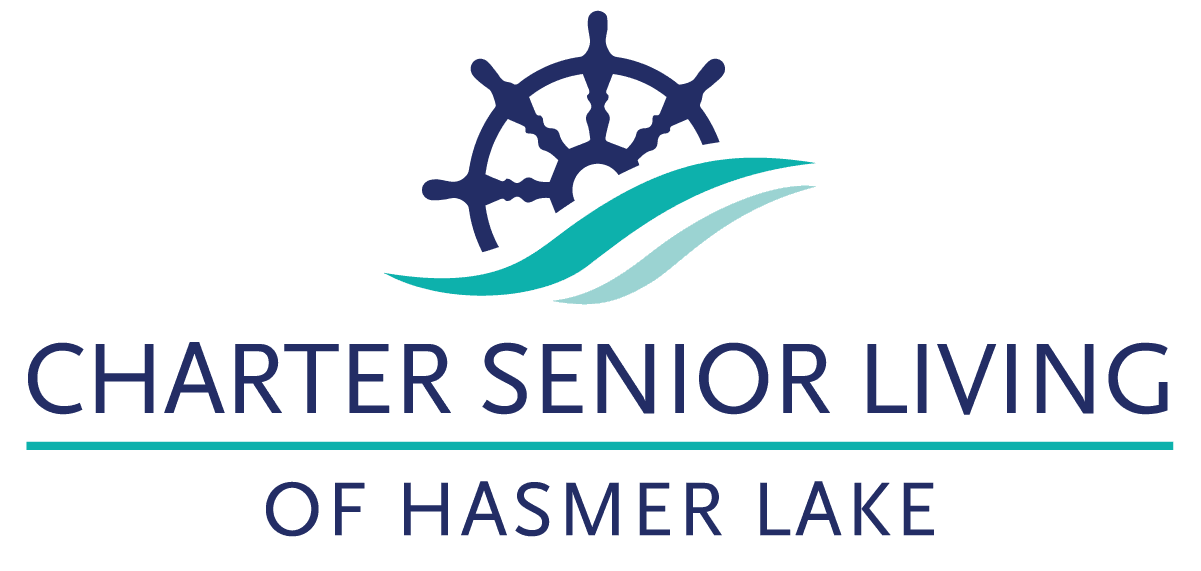As you’re planning for retirement, you’ll need to think about what kind of lifestyle you want to lead and make a financial plan so you can afford your preferred lifestyle.
If your retirement plan includes moving to a senior living community, you’ll need to understand the cost of senior living so you can make sure you’re taking the right steps to prepare for your dream retirement.
How Much Do Continuing Care Retirement Communities Cost?
Continuing Care Retirement Communities (CCRCs) offer a unique approach to senior living by providing a range of care options within a single community.
The appeal lies in the ability to transition seamlessly between Independent Living, Assisted Living, and higher levels of care as the need arises.
CCRCs typically require residents to pay an entrance fee, which can be a significant upfront cost. You’re guaranteed access to the continuum of care without having to worry about paying market price for your additional health services. You will also pay monthly fees to cover housing, services and amenities.
How Much Do Independent Senior Living Communities Cost?
Independent senior living communities are designed for active and self-sufficient individuals who are seeking a maintenance-free lifestyle in a community setting.
While these communities do not provide extensive medical care, they offer various amenities and services, such as recreational activities, transportation, and meal options.
Understanding the cost of independent senior living involves looking into monthly rent and any additional fees. Some communities may have a tiered pricing structure, offering different floor plans or levels of service.
What Is the Cost of Assisted Living Communities?
Assisted Living communities provide support to older adults with activities of daily living (ADLs), or daily functional tasks, that promote quality of life. Activities of daily living include bathing, dressing, and medication management. The cost of Assisted Living varies based on factors like location, facility amenities, and the level of care required.
Assisted Living expenses typically include accommodation, meals and the services provided. Some facilities may offer tiered pricing models, allowing residents to pay for only the services they need.
Examining the specifics of these costs is essential for seniors and their families to ensure a comfortable and financially sustainable living arrangement.
By delving into the specifics of each senior living option, individuals can plan for a secure and fulfilling retirement while staying within their budgetary constraints.

Options for Paying for Senior Living Costs
Paying for senior living can be a complex and multifaceted process, as it involves considering various factors such as the type of care needed, the location of the facility and the individual’s financial situation. Below are some common options for paying for senior living.
-
Personal Savings and Retirement Accounts
Many seniors use their personal savings, including retirement accounts such as 401(k)s or IRA’s, to fund their senior living expenses. Planning ahead and saving specifically for retirement can provide a financial cushion for future needs.
-
Pension Plans and Social Security
Seniors who receive pension payments or Social Security benefits can use these income sources to contribute toward their senior living costs. Understanding the amount and frequency of these payments is crucial for financial planning.
-
Long-Term Care Insurance
Long-term care insurance is designed to cover the costs associated with senior living, including Assisted Living, nursing homes, and home health care. Individuals who have invested in long-term care insurance can use this as a financial resource when needed.
-
Home Equity and Reverse Mortgages
For seniors who own their homes, tapping into home equity through a reverse mortgage or by selling the property can be a way to fund senior living expenses. Reverse mortgages allow homeowners to convert a portion of their home equity into cash while still residing in the home.
-
Medicaid
Medicaid is a state and federally funded program that provides financial assistance for seniors with low income and limited assets. It covers some long-term care services, but eligibility criteria varies by state. Medicaid can be an essential resource for those who meet the qualifications.
-
Veterans Aid & Attendance Benefits
If you are a Veteran, you may be eligible for benefits that can provide financial assistance with your long-term care.
-
Assistance From Family Members
Family members may contribute to the cost of senior living, either through direct financial support or by assisting with daily living expenses. Open communication within the family is key to understanding the level of support available.
-
Continuing Care Retirement Communities (CCRC) Contracts
CCRCs often require an entrance fee, and residents may choose from different contract types. These contracts may include an extensive entrance fee that covers future health care needs, a lower upfront fee with higher monthly fees, or a fee-for-service model where residents pay for care as needed.
-
Medicare
While Medicare primarily covers short-term medical needs, it may contribute to some health care costs within certain senior living settings. It’s essential to understand the limitations of Medicare and explore additional coverage options.
Understanding the various payment options for senior living and creating a comprehensive financial plan is crucial for seniors and their families.
You can consult with financial advisors, explore available resources, and carefully evaluate your specific needs and preferences to help you make informed decisions about financing for your future.

Discover an Engaging Retirement With Charter Senior Living
Planning for retirement takes time and consideration for how you want to spend your golden years. Contact us at Charter Senior Living at 262.854.0396 to view our community and learn about the different resources and tools that can help you pay for senior living.




